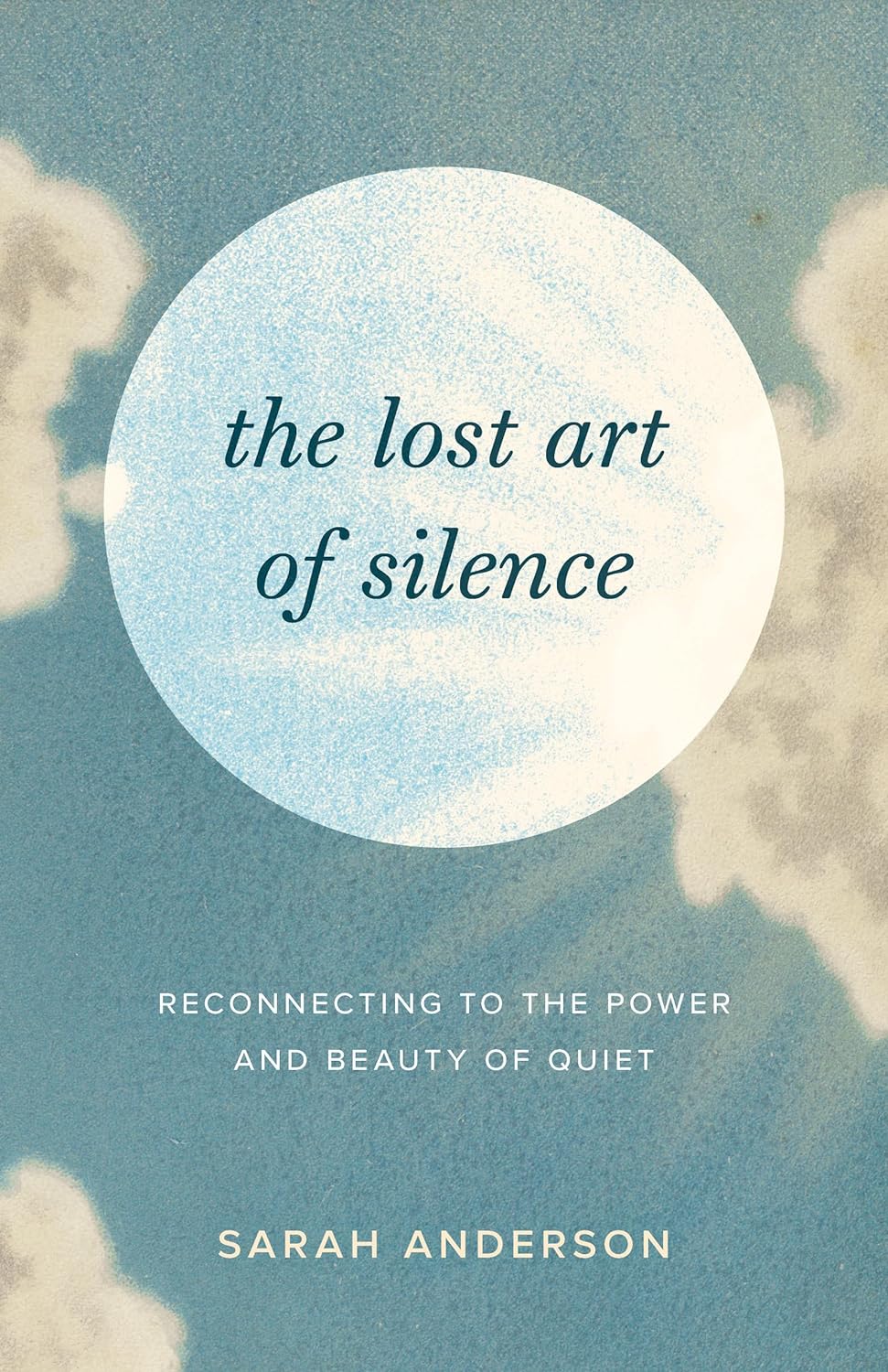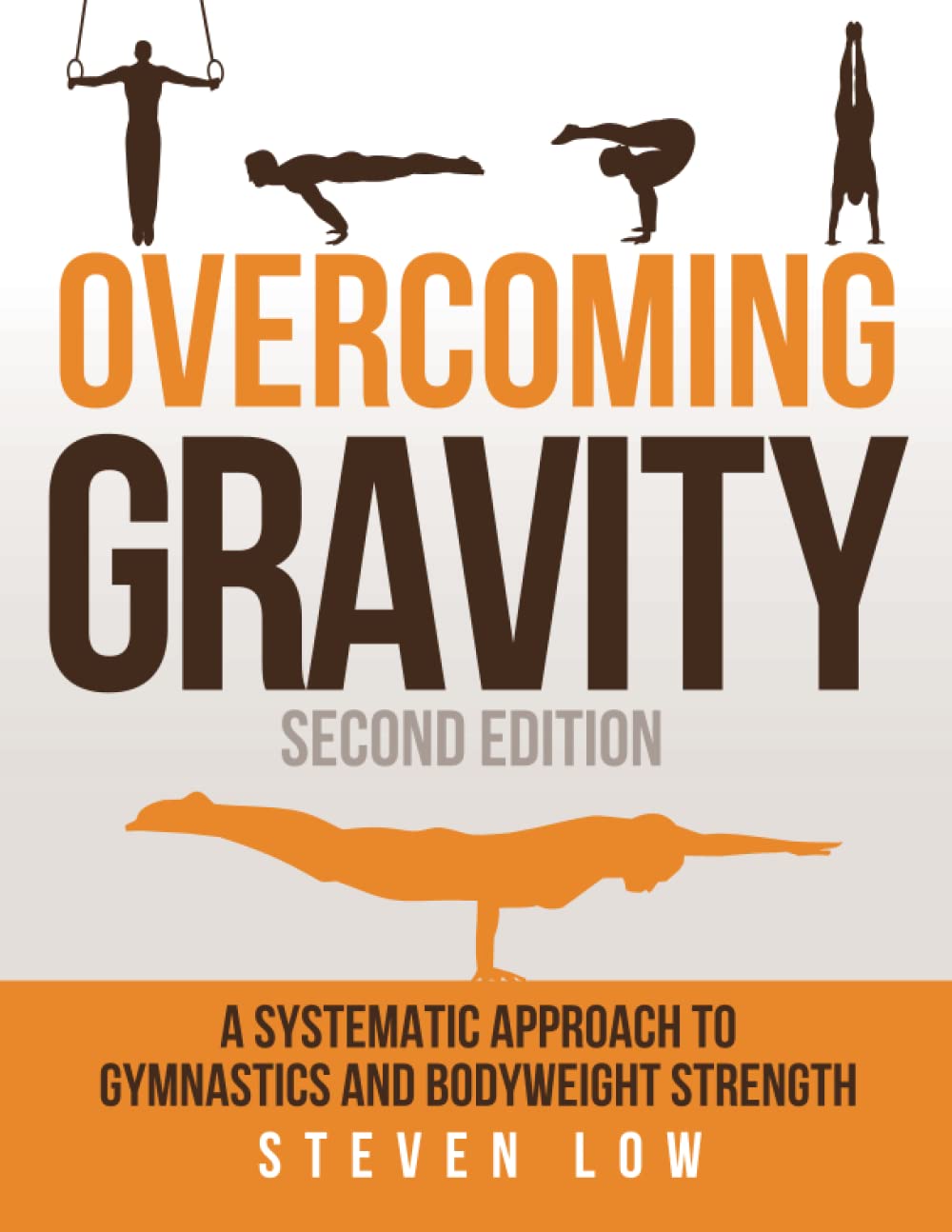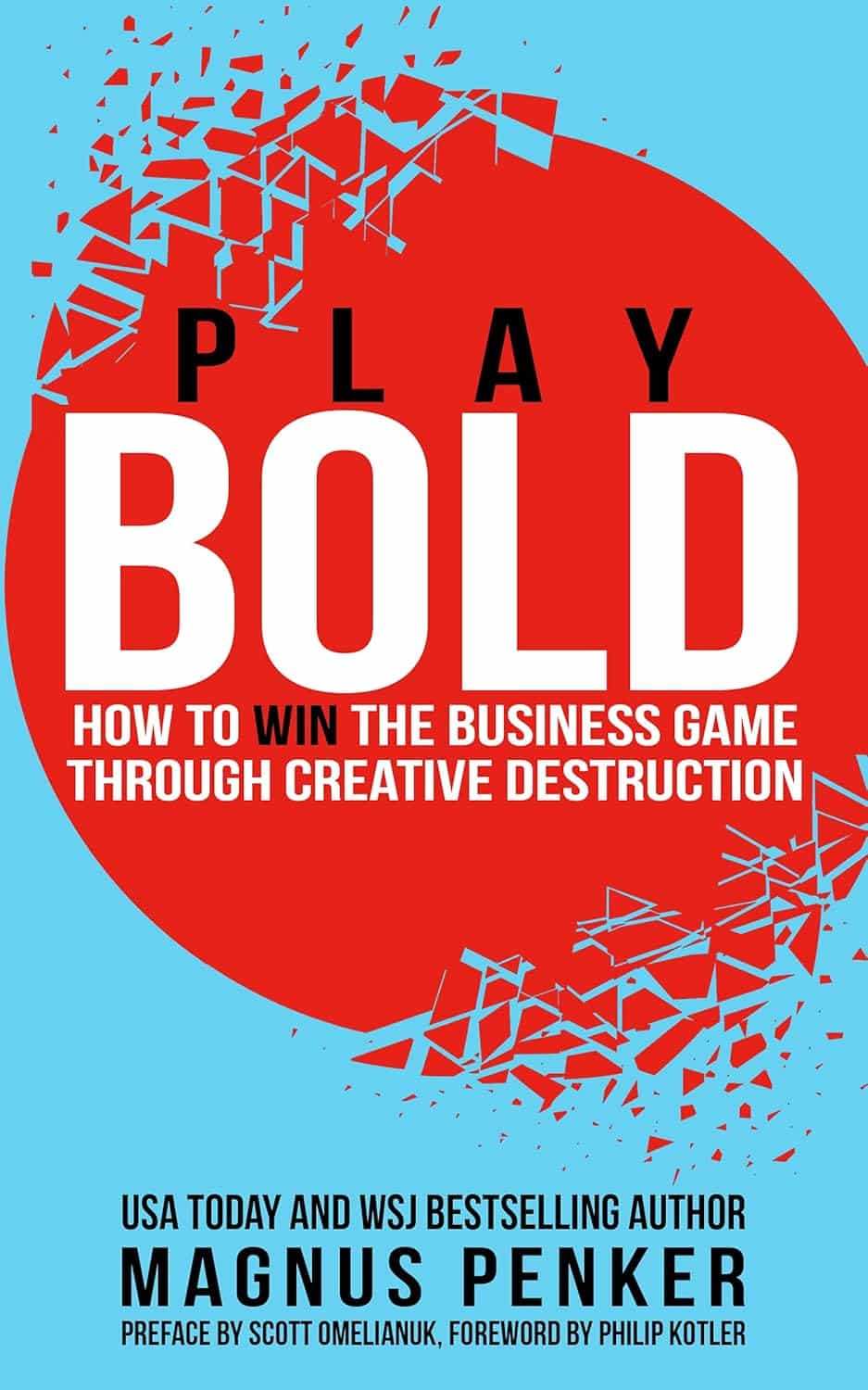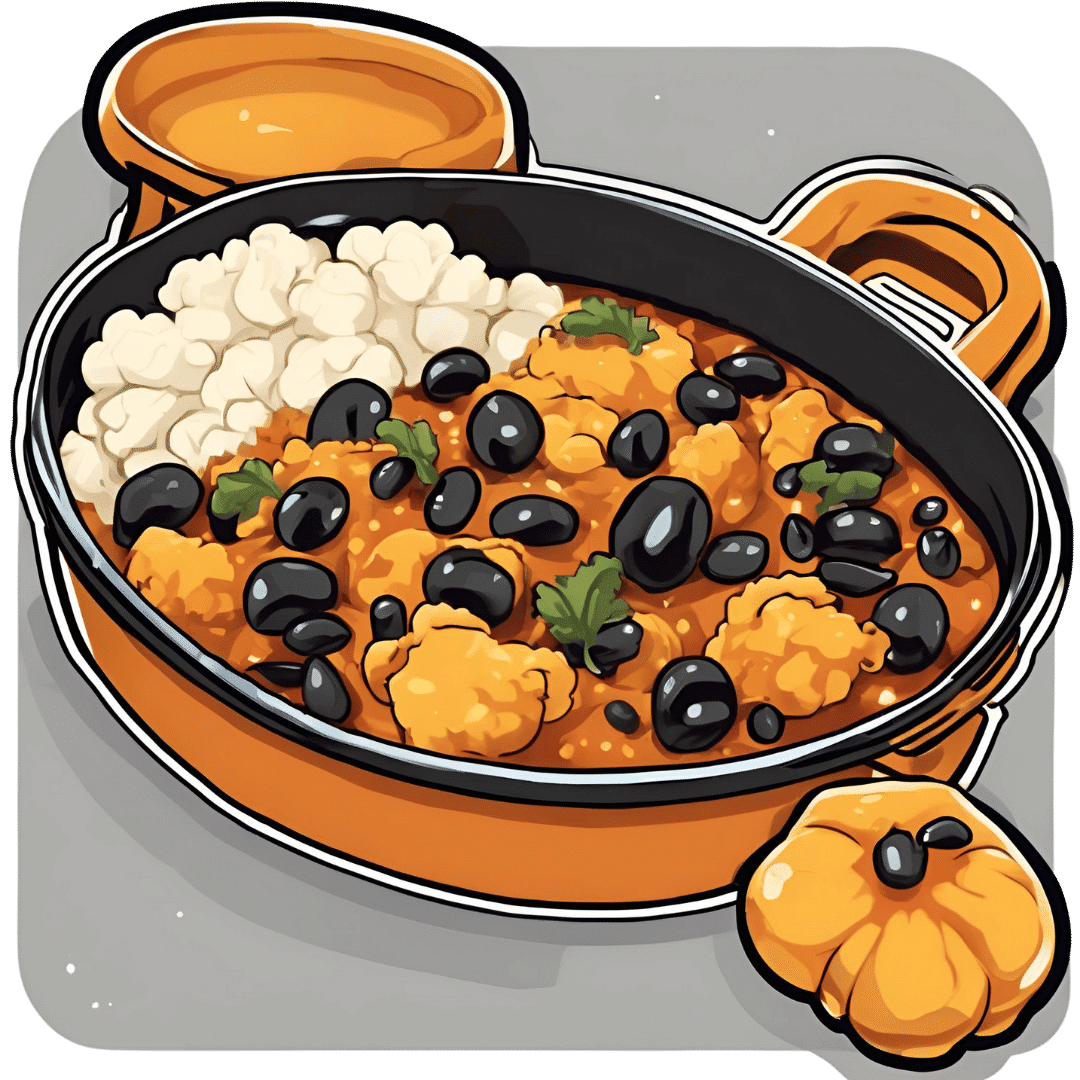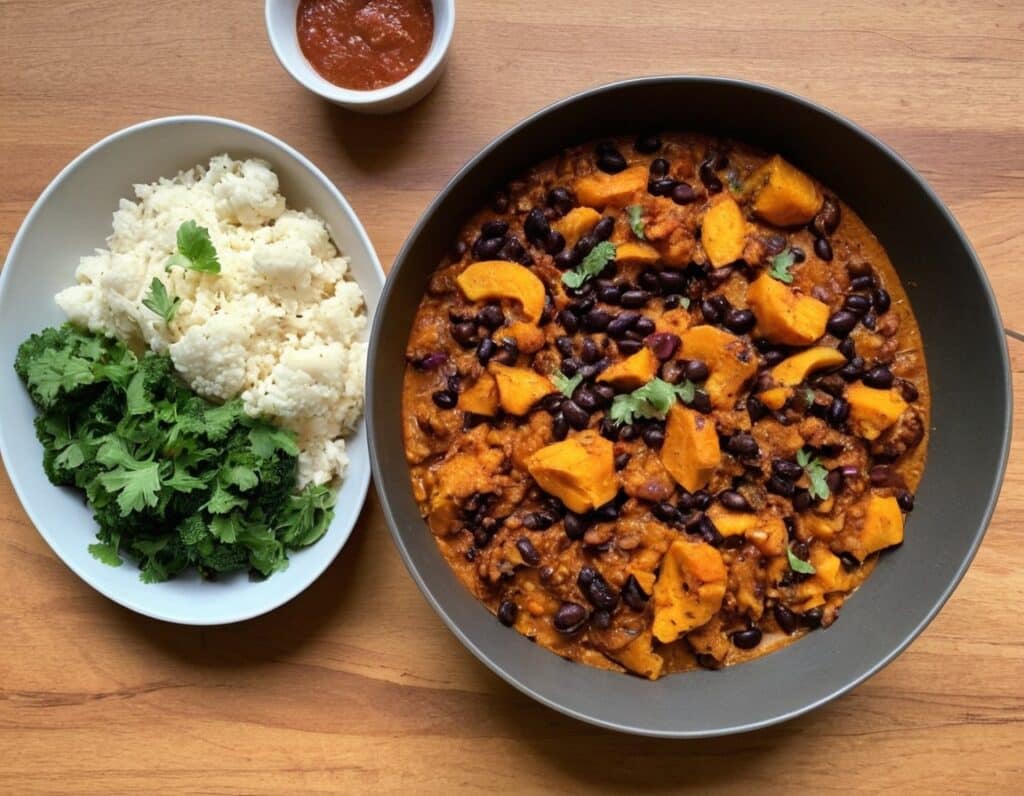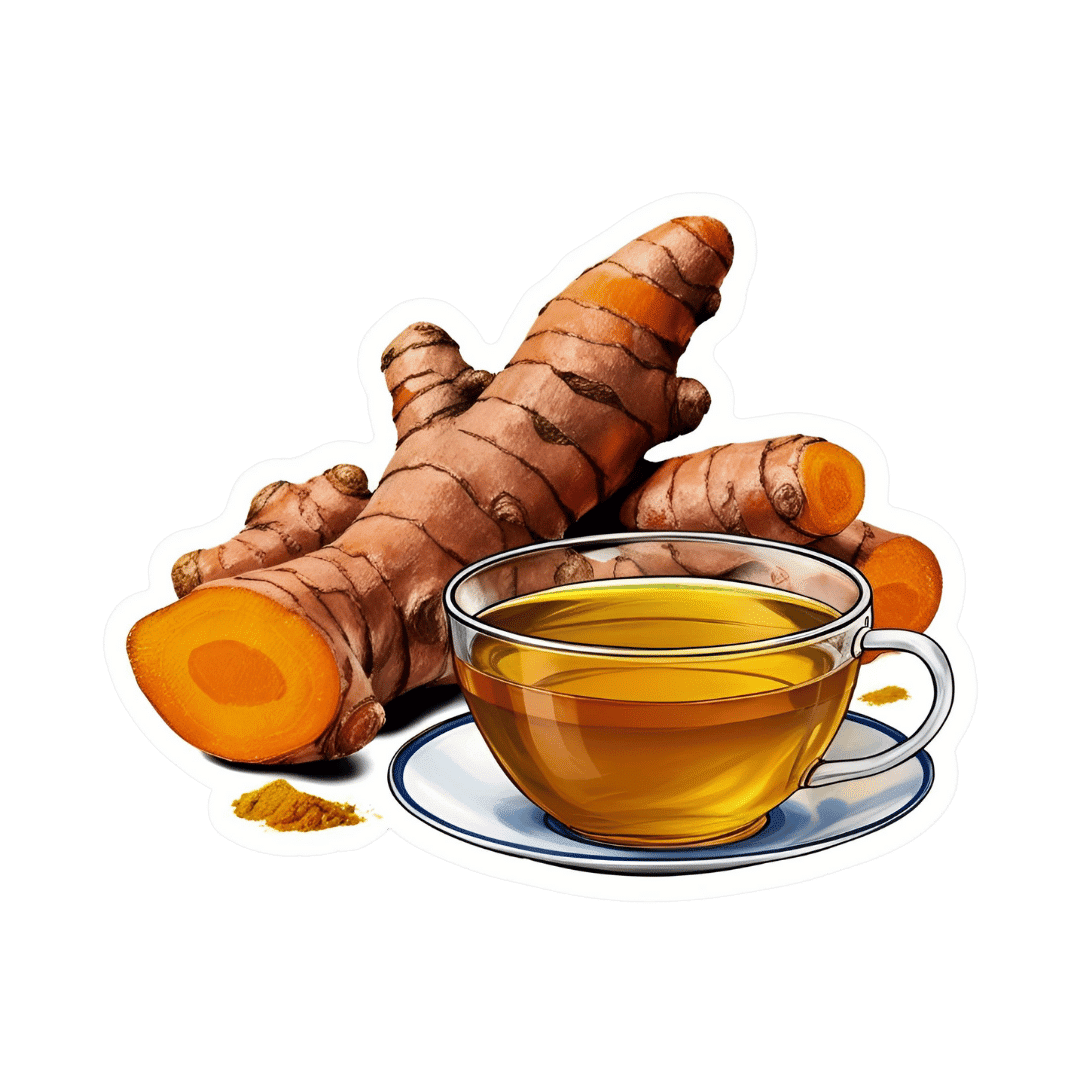
Turmeric: Raw Root, Powder, Tea, Or…?
10almonds is reader-supported. We may, at no cost to you, receive a portion of sales if you purchase a product through a link in this article.
It’s Q&A Day at 10almonds!
Have a question or a request? We love to hear from you!
In cases where we’ve already covered something, we might link to what we wrote before, but will always be happy to revisit any of our topics again in the future too—there’s always more to say!
As ever: if the question/request can be answered briefly, we’ll do it here in our Q&A Thursday edition. If not, we’ll make a main feature of it shortly afterwards!
So, no question/request too big or small 😎
❝Is turmeric infused water better or chewing half an inch of raw turmeric better? I am trying to work on my immunity as this year I have suffered the most with my allergies in the last 20 years. In case you can guide me, I will be thankful.❞
Great question! First of all, a quick recap of the properties of turmeric (and its relevant active compound, curcumin)
Let’s do a quick run-down:
- It fights inflammation, and thus helps fight many diseases where inflammation is a factor (ranging from atherosclerosis to arthritis to Alzheimer’s and more)
- It has powerful antioxidant effects too
- It boosts brain-derived neurotropic factor (BDNF) and thus improves memory and attention
- It helps protect against heart disease…
- …and can give a 65% decreased risk of experiencing a heart attack
- It can help prevent cancer, and reduce cancerous lesions by 40%
- It’s also good against depression
- It even slows aging
If you take curcumin with black pepper, it allows your body to use the curcumin around 2,000% better. This goes whether you’re cooking with both, or take them as a supplement (they’re commonly sold as a combo-capsule for this reason).
Note: you mentioned an infusion or chewing the root, so perhaps you are not having black pepper with either of those. That’s fine, but try to have it near to black pepper (for example, perhaps while cooking a meal in which you use black pepper, so you take the turmeric and then you eat the meal).
Extra note: in fact, that’s ideal, because curcumin is fat-soluble, so having it with (or near in time to) consuming fats (such as perhaps used in cooking) is a great way to do it.
Curcumin vs allergies, specifically
For any thinking “that wasn’t on the list”… It was hidden! It comes with curcumin’s anti-inflammatory and antioxidant powers.
See for example:
- Modulation of the Immune Response to Allergies Using Alternative Functional Foods ← turmeric is one of the functional foods discussed
- Turmeric extract alleviates airway inflammation via oxidative stress-driven MAPKs/MMPs pathway ← this is important to dial down an inappropriate immune response, e.g. an allergy
- Dietary Polyphenols, Plant Metabolites, and Allergic Disorders: A Comprehensive Review ← again, turmeric is a key player
- Development of fast-dissolving sublingual nanofibers containing allergen and curcumin for immune response modulation in a mouse model of allergic rhinitis ← allergic rhinitis = “seasonal allergies” and similar respiratory allergic responses
- DES/O microemulsion for solubilizing and delivering curcumin via the nasal administration to treat acute asthma ← similar mechanism of action
food vs supplement
You didn’t ask this, but it’ll be helpful for understanding if we quickly cover this first.
- Turmeric root is just that: a root, which contains abundant phytochemicals, and/but is not at all standardized in dosage
- Curcumin extract, on the other hand, have been standardized, optimized, and are metabolized much more quickly
…which latter can be a problem, because it’s been taken apart and used for scrap metabolites faster than the body could actually make use of the curcumin as-is.
The black pepper hack fixes this, by the way, because of how it improves absorption.
You may be thinking: isn’t this going to cause the same problem you were just talking about, and cause it to be metabolized too quickly? And the answer is: no! How piperine works is almost the opposite; it protects the curcumin in the turmeric from our digestive enzymes, and thus allows them to get absorbed without being broken down too quickly—thus increasing the bioavailability by slowing the process down.
In short: food is best, but supplements are fine for anyone whose local supermarkets don’t sell turmeric root. Make sure to get it from a vendor who has transparency about their processes and has reputable certifications against heavy metal contamination though, because that’s especially common in cheap turmeric/curcumin supplements.
The different ways of taking it
There are a few more options than those you mentioned, so let’s quickly note:
- Infusion: the chopped/grated root is steeped in hot water, and then we drink the hot water (sometimes called “turmeric tea”) and discard the solids
- Suspension: the dried, powdered root is mixed in water, which we then drink in its entirety
- Decoction: the finely chopped/grated root is steeped in hot water, and then we consume this in its entirety, which most people don’t find pleasant
- Mastication only: chewing the root, spitting out the fibrous remnants
- Solid ingestion: eating the root
All of these will allow you to gain the benefits of curcumin (wherever that yellow-red pigment goes, so goes the curcumin), but only those which include consuming the solids will give you the full benefit (as otherwise, you are discarding a large amount of the curcumin with the solids that you discard).
So, we can remove both of the methods that you mentioned (infusion and chewing, assuming you meant chewing only, and not eating).
Things tend to lose potency with drying and grinding processes, not to mention long-term storage, so we can also remove suspension from the list.
That leaves decoction and solid ingestion. Since solid ingestion is not comfortable for most people without cooking the root, that leaves decoction as the superior method unless you personally are happy to just eat raw turmeric root.
However!
Out of the two you presented, infusion can be improved if a) you make the infusion very strong, by grating the root before steeping, and letting it steep for a good while, and b) if practical, throw the grated root (after pouring the tea) into a dish where its flavor will be appropriate. If this seems strange, like throwing a waste product into your meal, then remember that that’s only a matter of convention: physically, what it is is cooked (boiling is cooking!) grated turmeric, nothing more nor less.
At the end of the day though, the way that works best will be the way that you enjoy most (or if that’s not an option, dislike least), and thus will do more often.
Want to know more?
Check out:
Turmeric (Curcumin) Dos and Don’ts With Dr. Kim
Enjoy!
Don’t Forget…
Did you arrive here from our newsletter? Don’t forget to return to the email to continue learning!
Recommended
Learn to Age Gracefully
Join the 98k+ American women taking control of their health & aging with our 100% free (and fun!) daily emails:
-
The Lost Art of Silence – by Sarah Anderson
10almonds is reader-supported. We may, at no cost to you, receive a portion of sales if you purchase a product through a link in this article.
From “A Room Of One’s Own” to “Silent Mondays”, from spiritual retreats to noise-cancelling headphones, this book covers the many benefits of silence—and a couple of downsides too.
In an age where most things are available at the touch of a button, a little peaceful solitude can come at quite a premium, but what it offers can effect all manner of physical changes, from reduced stress responses to increased neurogenesis (growing new brain cells).
The tone throughout is a combination of personal and pop-science, and it’s very motivating to find a little more space-between-the-things in life.
The book is best enjoyed in a quiet room.
Bottom line: if you get the feeling sometimes that you could rest and recover fully and properly if you could just find the downtime, this book will help you find exactly that.
Click here to check out the Lost Art of Silence, and find peace and strength in it!
Share This Post
-
Cucumber vs Lychee – Which is Healthier?
10almonds is reader-supported. We may, at no cost to you, receive a portion of sales if you purchase a product through a link in this article.
Our Verdict
When comparing cucumber to lychee, we picked the lychee.
Why?
In terms of macros, the lychee has more carbs and more fiber, but both are low glycemic index foods. Functionally a tie, though we could consider it a nominal win for cucumber.
In the category of vitamins, cucumber has more of vitamins A, B1, B5, and K, while lychee has more of vitamins B2, B3, B6, B9, C, E, and choline. In particular, cucumber has a lot more vitamin K and lychee has a lot more vitamin C. Nevertheless, in terms of overall vitamin coverage, lychee is the clear winner here.
Looking at minerals, cucumber has more calcium, magnesium, manganese, and zinc, while lychee has more copper (especially rich in this), iron, phosphorus, potassium, and selenium. Another clear win for lychee.
Both have an abundance of anti-inflammatory polyphenols, but we could find no strong argument for one being better than the other in this category, just different.
In short, both are fine options, but the more nutritionally dense is the lychee, so that’s our choice!
Want to learn more?
You might like to read:
Cucumber Extract Beats Glucosamine & Chondroitin… At 1/135th Of The Dose?!
Take care!
Share This Post
-
Health & Happiness From Outside & In
10almonds is reader-supported. We may, at no cost to you, receive a portion of sales if you purchase a product through a link in this article.
A friend in need…
In a recent large (n=3,486) poll across the US:
- 90% of people aged 50 and older say they have at least one close friend
- 75% say they have enough close friends
- 70% of those with a close friend say they can definitely count on them to provide health-related support
However, those numbers shrink by half when it comes to people whose physical and/or mental health is not so great, resulting in a negative feedback loop of fewer close friends whom one sees less often, and progressively worse physical and/or mental health. In other words, the healthier you are, the more likely you are to have a friend who’ll support you in your health:
Read in full: Friendships promote healthier living in older adults, says new survey
Related: How To Beat Loneliness & Isolation
Kindness makes a difference to healthcare outcomes
Defining kindness as action-oriented, positively focused, and purposeful in nature, this sets kindness apart from compassion and empathy, when it’s otherwise often been conflated with those, and thus overlooked. This also means that kindness can still be effected when clinicians are too burned-out to be compassionate, and/or when patients are not in a state of mind where empathy is useful.
Furthermore, unkindness (again, as defined by this review) was found in large studies to be the root cause of ¾ of patient harm events in hospital settings. This means that far from being a wishy-washy abstraction, kindness/unkindness can be a very serious factor when it comes to healthcare outcomes:
Read in full: Review suggests kindness could make for better health care
Related: The Human Touch vs AI, The Doctor That Never Tires
The gift of health?
🎵 Last Christmas, I gave you my heart
Which turned out to be a silly idea
This year, to save me from tears
I’ll just get you a Fitbit or something🎵Health & happiness go hand in hand, so does that make health stuff a good gift? It can do! But there are also plenty of opportunities for misfires.
For example, getting someone a gym membership when they don’t have time for that may not help them at all, and sports equipment that they’ll use once and then leave to gather dust might not be great either. In contrast, the American Heart Association recommends to first consider what they enjoy doing, and work with that, and ideally make it something versatile and/or portable. Wearable gadgets are a fine option for many, but a gift doesn’t have to be fancy to be good—with a blood pressure monitoring cuff being a suggestion from Dr. Sperling (a professor of preventative cardiology):
Read in full: Oh, there’s no gift like health for the holidays
Related: Here’s Where Activity Trackers Help (And Also Where They Don’t)
How you use social media matters more than how much
A study commissioned by the European Commission’s Joint Research Centre found that while the quantity of time one spends on social media is not associated (positively or negatively) with loneliness, they did find a correlation between passive (as opposed to engaged) use of social media, and loneliness. In other words, people who were chatting with friends less, were more lonely! Shocking news.
While the findings may seem obvious, it does present a call-to-action for anyone who is feeling lonely: to use social media not just to see what everyone else is up to, but also, to reach out to people.
Read in full: Unpacking the link between social media and loneliness
Related: Make Social Media Work For Your Mental Health Rather Than Against It
Gut-only antidepressants
Many antidepressants work by increasing serotonin levels in the brain; a new study suggests that targeting antidepressants to work only in the gut (which is where serotonin is made, not the brain) could not only be an effective treatment for mood disorders, but also cause fewer adverse side-effects:
Read in full: Antidepressants may act in gut to reduce depression and anxiety
Related: Antidepressants: Personalization Is Key!
Take care!
Share This Post
Related Posts
-
Overcoming Gravity – by Steven Low
10almonds is reader-supported. We may, at no cost to you, receive a portion of sales if you purchase a product through a link in this article.
The author, a professional gymnast and coach with a background in the sciences, knows his stuff here. This is what it says on the tin: it’s rigorously systematic. It’s also the most science-based calisthenics book this reviewer has read to date.
If you just wanted to know how to do some exercises, then this book would be very much overkill, but if you want to be able to go from no knowledge to expert knowledge, then the nearly 600 pages of this weighty tome will do that for you.
This is a textbook, it’s a “the bible of…” style book, it’s the one that if you’re serious, will engage you thoroughly and enable you to craft the calisthenics-forged body you want, head to toe.
As if it weren’t already overdelivering, it also has plenty of information on injury avoidance (or injury/condition management if you have some existing injury or chronic condition), and building routines in a dynamic fashion that avoids becoming a grind, because it’s going from strength to strength while cycling through different body parts.
Bottom line: if you’d like to get serious about calisthenics, then this is the book for you.
Click here to check out Overcoming Gravity, and do just that!
Don’t Forget…
Did you arrive here from our newsletter? Don’t forget to return to the email to continue learning!
Learn to Age Gracefully
Join the 98k+ American women taking control of their health & aging with our 100% free (and fun!) daily emails:
-
Play Bold – by Magnus Penker
10almonds is reader-supported. We may, at no cost to you, receive a portion of sales if you purchase a product through a link in this article.
This book is very different to what you might expect, from the title.
We often see: “play bold, believe in yourself, the universe rewards action” etc… Instead, this one is more: “play bold, pay attention to the data, use these metrics, learn from what these businesses did and what their results were”, etc.
We often see: “here’s an anecdote about a historical figure and/or celebrity who made a tremendous bluff and it worked out well so you should too” etc… Instead, this one is more: “see how what we think of as safety is actually anything but! And how by embracing change quickly (or ideally: proactively), we can stay ahead of disaster that may otherwise hit us”.
Penker’s background is also relevant here. He has decades of experience, having “launched 10 start-ups and acquired, turned around, and sold over 30 SMEs all over Europe”. Importantly, he’s also “still in the game”… So, unlike many authors whose last experience in the industry was in the 1970s and who wonder why people aren’t reaping the same rewards today!
Penker is the therefore opposite of many who advocate to “play bold” but simply mean “fail fast, fail often”… While quietly relying on their family’s capital and privilege to leave a trail of financial destruction behind them, and simultaneously gloating about their imagined business expertise.
In short: boldness does not equate to foolhardiness, and foolhardiness does not equate to boldness.
As for telling the difference? Well, for that we recommend reading the book—It’s a highly instructive one.
Take The First Bold Step Of Checking Out This Book On Amazon!
Don’t Forget…
Did you arrive here from our newsletter? Don’t forget to return to the email to continue learning!
Learn to Age Gracefully
Join the 98k+ American women taking control of their health & aging with our 100% free (and fun!) daily emails:
-
Black Bean & Butternut Balti
10almonds is reader-supported. We may, at no cost to you, receive a portion of sales if you purchase a product through a link in this article.
Protein, fiber, and pungent polyphenols abound in this tasty dish that’s good for your gut, heart, brain, and more:
You will need
- 2 cans (each 14 oz or thereabouts) black beans, drained and rinsed (or: 2 cups black beans, cooked, drained, and rinsed)
- 1 butternut squash, peeled and cut into ½” cubes
- 1 cauliflower, cut into florets
- 1 red onion, finely chopped
- 1 can (14 oz or thereabouts) chopped tomatoes
- 1 cup coconut milk
- ½ bulb garlic, crushed
- 1″ piece of fresh ginger, peeled and finely chopped
- 1 fresh red chili (or multiply per your preference and the strength of your chilis), finely chopped
- 1 tbsp black pepper, coarse ground
- 1 tbsp garam masala
- 2 tsp cumin seeds
- 2 tsp ground coriander
- 1 tsp ground turmeric
- 1 tsp ground paprika
- ½ tsp MSG or 1 tsp low-sodium salt
- Juice of ½ lemon
- Extra virgin olive oil
Method
(we suggest you read everything at least once before doing anything)
1) Preheat the oven to 400℉ / 200℃.
2) Toss the squash and cauliflower in a little olive oil, to coat evenly. No need to worry about seasoning, because these are going into the curry later and will get plenty there.
3) Roast them on a baking tray lined with baking paper for about 25 minutes.
You can enjoy a 10-minute break for the first 10 minutes of that, before continuing, such that the timing will be perfect:
4) Heat a little oil in a sauté pan (or anything that’s suitable for both frying and adding volume; we’re going to be using the space later; everything is going in here!) and fry the onion on medium for about 5 minutes, stirring well.
5) Add the spices/seasonings, including the garlic, ginger, and chili, and stir well to combine.
6) Add the tomatoes, beans, and coconut milk, and simmer for 10 minutes. You can add a little water at any time if it seems to need it.
7) Stir in the roasted vegetables (they should be finished now), and heat through. Add the lemon juice and stir.
8) Serve as-is, or with your preferred carbohydrate (we recommend our Tasty Versatile Rice recipe), or if you have time, keep it warm for a while until you’re ready to use it (the flavors will benefit from this time, if available).
Enjoy!
Want to learn more?
For those interested in some of the science of what we have going on today:
- Chickpeas vs Black Beans – Which is Healthier?
- Butternut Squash vs Pumpkin – Which is Healthier?
- Our Top 5 Spices: How Much Is Enough For Benefits? ← 5/5 today!
Take care!
Don’t Forget…
Did you arrive here from our newsletter? Don’t forget to return to the email to continue learning!
Learn to Age Gracefully
Join the 98k+ American women taking control of their health & aging with our 100% free (and fun!) daily emails:


